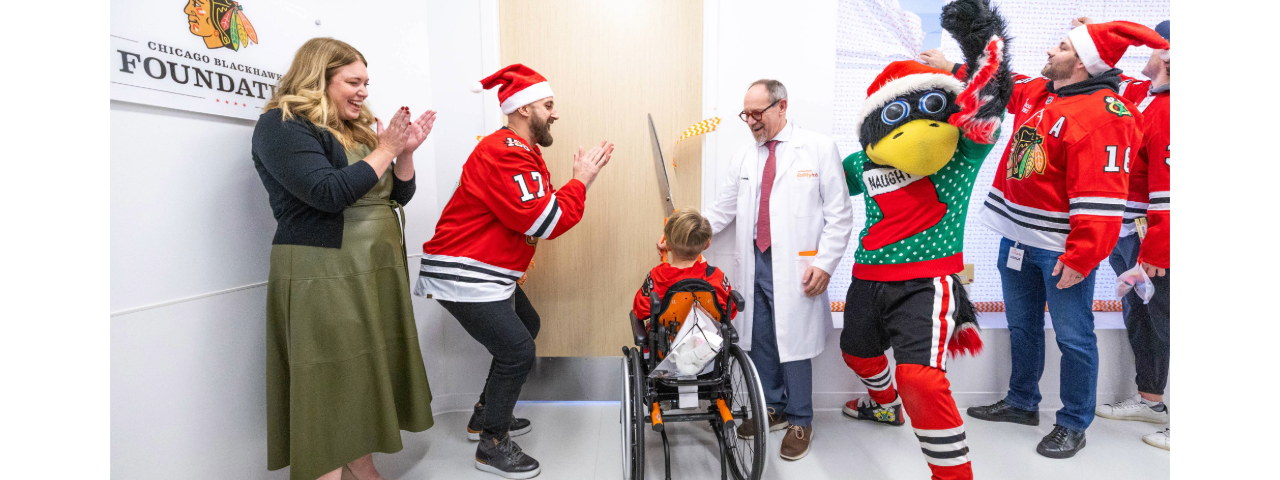Body
As a dancer, time is precious – careers are short and the dance world is competitive, so time cannot be wasted with preventable injuries.
A healthy and strong body is a necessity for artistic expression through movement. A dancer is reliant on their bodies as their tool while their dance technique is the foundation for their artistry. Having a stronger foundation allows for greater ease of expression and freedom on stage.
How To Maximize Time in The Studio
Body
A common question from dancers is, "how do I maximize my time inside and outside the studio to improve my technique while keeping my body healthy?"
Daily class is not enough to keep the body healthy and strong. Dance technique is comprised of repetitive motions that can lead to muscular imbalances over time. Eventually, overly tight muscles can decrease optimal force production needed for a movement. An example is overuse of the hip external rotator muscles in dancers compared to the hip internal rotators for hip stability.
Also, there is limited time during class spent on jumping that challenges the cardiovascular system. This, in combination with the start and stop nature of dance class, does not adequately prepare dancers for the stage. Today’s choreographers are asking for more of their dancers, including powerful jumps and full body explosive movements that rely on a certain level of cardiovascular fitness.
Cross training with appropriate exercises is important to address muscular imbalances and cardiovascular limitations to prevent injuries and prepare for performance.
Tuning Into Your Body
Body
It is part of a dancer’s job to be in-tune and listen to their bodies. Sensations and pain are messages that contain important information. You want to catch imbalances in the body, before they develop into further pain or injury. Often, uncomfortable sensations become more serious pain overtime if not addressed. By identifying these sensations early on, otherwise potentially dangerous injuries and limited progress can be prevented. Some uncomfortable sensations include:
- Aches
- Sharpness
- Weakness
- Fatigue
- Tightness
- Stiffness
These sensations can start to tell a story. Figuring out your body’s imbalances is a bit like putting pieces of a puzzle together.
Look at how these sensations are related to pain and weakness. If is important to ask the right questions that can lead to the source of a problem.
Body
Issue: “My Achilles hurts every time I pointe or relevé now, but a few weeks ago I just felt like my calves were too tight."
Questions to ask: “Why are my calves constantly too tight? It seems like I can’t relevé as many times on that side as before it started to give out. Maybe it’s weakness?” The sensation of tightness can often be perceived as the need to stretch, but it often means that we need to strengthen that area.
Issue: "My hip flexors always feel tight no matter how much I try to stretch them."
Questions to ask: "Am I tight because I overuse them? If I am overusing my hip flexors, what am not engaging enough?” (Possibly your lower transversus abdominis!)This can be an indicator that the hip flexors need to be strengthened.
Body
By asking these questions and listening to the body, the following preventative actions can be taken:
- Strengthening
- Stretching
- Increased fascial release of muscles
- Addressing poor biomechanics within dance technique
Remember: Always ask for help if pain persists for more than two weeks. Start by asking a teacher or seek a consult from a healthcare provider.
Learn More About Performing Arts Medicine
Mentioned Page
Performing Arts Medicine
ServiceBody
About Kathleen Darley, PT, DPT
Kathleen Darley is originally from Austin, Texas where she studied under scholarship at Houston Ballet before dancing professionally for numerous companies including The Joffrey Ballet, The Lyric Opera of Chicago, Ballet Memphis, and Chicago Festival Ballet. Her passion for dance inspired her to want to understand the science behind the art.
She earned her Bachelor of Science in Kinesiology and graduated magna cum laude from the University of Illinois at Chicago. She then went on to earn her Doctorate of Physical Therapy at Northwestern University. Kathleen has specialized in treating musculoskeletal disorders and Women’s Health. She has continued her education through the Institute of Physical Art, American Physical Therapy Association, Herman and Wallace, and the Barral Institute.
She currently practices at Shirley Ryan Ability Lab treating women with musculoskeletal and pelvic floor disorders. She melds a hands-on approach to patient care with strong emphasis on neuromuscular reeducation. She also holds certifications in both yoga and Pilates. In her free time, she can be found enjoying time taking walks by the lake with her 2-year-old son or dancing.
Body
About Katie Zisk, PT, DPT
Katie Zisk is originally from Richmond, Virginia where she grew up progressing through the School of Richmond Ballet and was a trainee for the 2007-2008 season. She was also on the Varsity Dance Team as well as participating in multiple dance clubs during her undergraduate education at the University of Virginia.
She earned her Bachelor of Science in Education in Kinesiology with Sports Medicine Concentration from the University of Virginia. She earned her Doctor of Physical Therapy degree at The George Washington University in Washington, DC. Katie is a Board Certified Orthopedic Clinical Specialist and is a Fellow of the American Academy of Orthopedic Manual Physical Therapists after completing the Northwestern University Fellowship in Advanced Orthopedic Physical Therapy Practice, Research and Education in 2020-2021.
She currently practices at Shirley Ryan AbilityLab at their Adaptive Sports & Fitness and Outpatient Physical Therapy Center. She treats all musculoskeletal conditions and has a special interest in treating performing artists.

